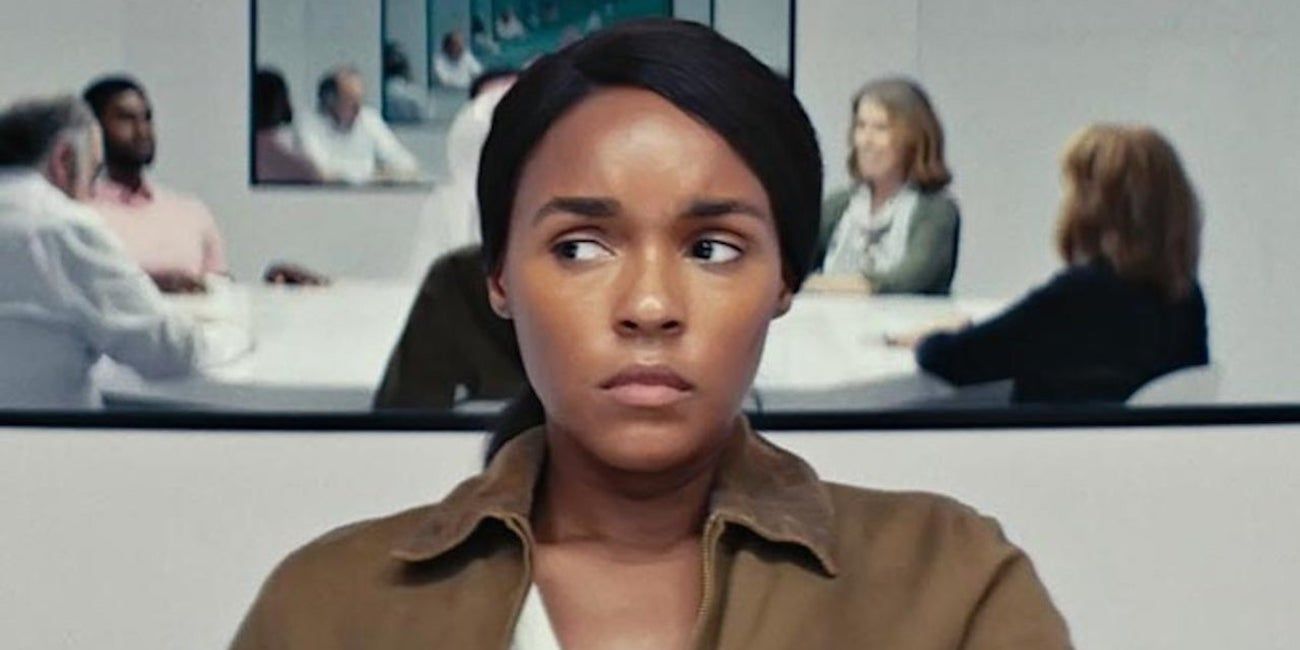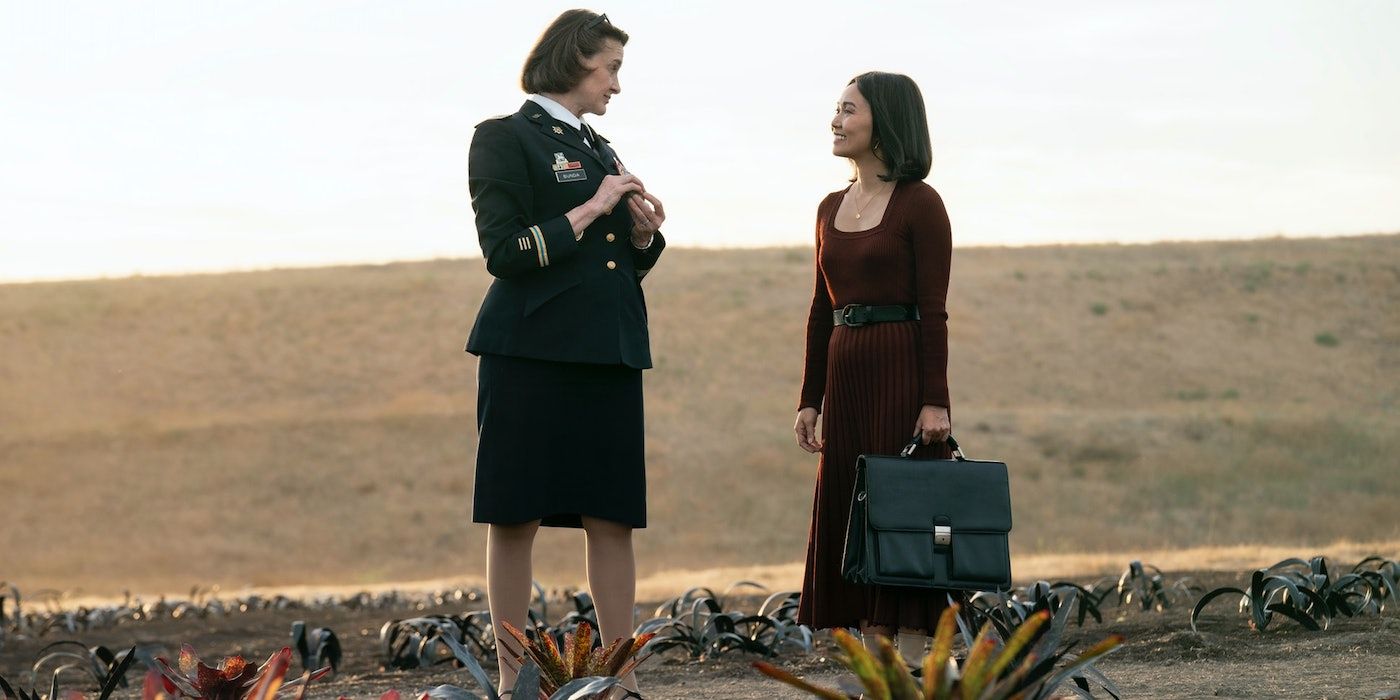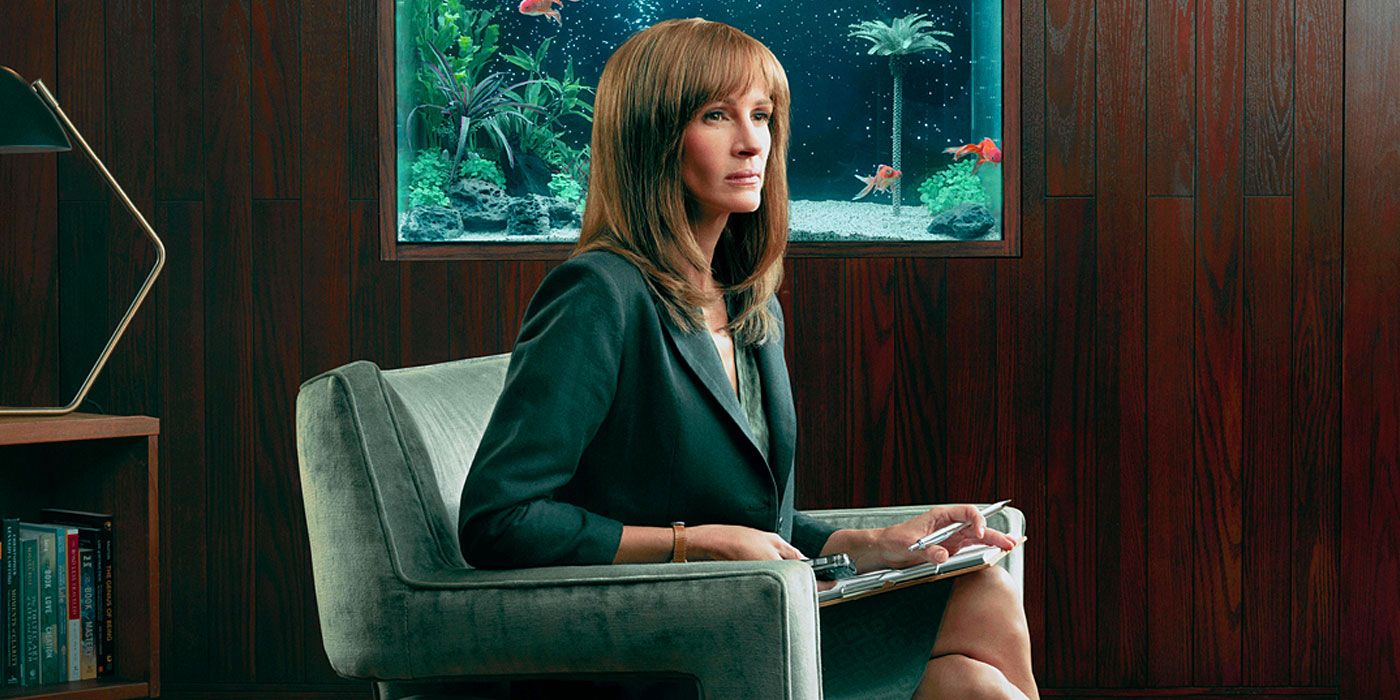WARNING: The following contains spoilers for Homecoming, now available on Amazon Prime Video.
When Homecoming’s first season came out in 2018, every episode was directed by Mr. Robot creator Sam Esmail. In Season 2, however, Esmail took a step back. While he was still involved as an executive producer, Kyle Patrick Alvarez took over as the director of the seven new episodes that were recently released on Amazon Prime. And while Alvarez maintained many of the elements Esmail established in Season 1, Season 2’s story also required him to take the show in new directions.
In a virtual roundtable with CBR and other outlets, Esmail and Alvarez discussed what it was like to pass the directing baton between the two seasons, how Alvarez built on Esmail’s original vision, and the strategy the show employed to ensure the two seasons were easily differentiated.
While some fans may be surprised that Homecoming has returned for a second season after it told a fairly complete story in Season 1, that was always the plan. According to Esmail, "When we actually sold the show to Amazon, it was for a two season order and we were always planning for the second season."
Yet, when it came time to work on Season 2, Esmail found that scheduling conflicts prevented him from taking on directing duties. "I was in the middle of prepping the final season of Mr. Robot and shooting that when Season 2 [of Homecoming] was coming around," Esmail revealed. "And of course, I was extremely jealous of whoever was going to take over the reins because I think [co-showrunners] Eli [Horowitz] and Micah [Bloomberg] came up with a really great Season 2 and a great arc and it was very different than Season 1. But for all those reasons I thought it is going to be exciting to find the right person to take over the reins because it is so different than Season 1.
"And actually, having done this -- I mean, obviously Kyle came in and just blew the doors off, he did such an amazing job -- and having done this now, I feel like there is something to be said about having artists like Kyle come in and put their own signature on each season, especially if the seasons are as different and unique as they are from Season 1 to Season 2. So in that regard, I think I'm obviously incredibly happy with what Kyle did, and I think it would not have been the same had I continued at all."
For his part, Alvarez was relieved to hear Esmail’s perspective on his work. "For me, I appreciate hearing [Esmail’s comments] so much because…, in a way, [coming in as the new director in Season 2] was the best kind of burden," Alvarez shared. "I mean, in a positive way of having so much admiration for Sam and what Season 1 pulled off, and knowing that in a way it was sort of the whip. You know it was like, 'Hey, they never rested on their laurels, they never took the easy way out, they always tried something different and fresh.' And… that was the challenge. And so it was daunting but in an exciting way. It was the kind of job I've been dreaming about for a long time. And in a lot of ways, there was a lot of freedom from Sam and a lot of freedom from everyone involved and encouragement….
"So much hard work presumably went into Season 1 that laid the groundwork for Season 2, if I said, 'Well, hey, we need this or we need a helicopter or we need to do this crazy crane shot or whatever' -- usually you have to fight for that stuff -- and now everyone would just be kind of like, 'Oh no we get it, we've seen Season 1, we know what this is going to be like.' So we could just get wild camera rigs and set up strange pulley systems and staircases and stuff that, otherwise, you're not given the leeway to do. So… there's also a benefit to what was achieved in Season 1 and the tools it gave us in Season 2."
Alvarez set out to build on Esmail’s Season 1 vision while also applying that vision to the expanded universe of Season 2, which included extensive scenes in natural settings. "I… studied [Season 1] intensely, not in any effort to copy it, but to try to translate and understand…," Alvarez said. "You watch something once or even twice you're sort of watching it on the outside. And as you start watching it more and more you start paying attention to coverage, what choices were made, when were choices made and weren’t they, you know those kind of things. And so you try to translate that now to exterior spaces.
"A lot of it was, there's a lot of framing that favors architecture in a way… that's what I saw. And so for a lot of ways it was like, 'Okay, well, we're not going to have the sets that we can build to these frames so how do we… find forests that give an architectural feeling, how do we find farm fields that give that feeling and try to find the images that evoke the same kind of feelings that they found in Season 1 and especially inside of that Homecoming [program] facility.'
"And then when it came to the Geist offices, that location’s so extraordinary with the giant spiral staircase... there's no bad shots in that building, but certainly… they’d gotten a lot of the great shots in Season 1. Every time I'd get excited while location scouting being like, 'Look at this over here,' it’d be like, 'Oh wait, wait, they did that already.' So, [it] was also about finding new stuff in familiar spaces too.”
Yet, Alvarez remained nervous about directing Season 2 for a very specific reason. "I think for me, what I was nervous about [in making] a second season was really the last scene of Season 1 is so good… I love that final beat of Season 1. It's so good that you want to make sure when you build on that, when something ends so well, that you're leaving part of that… precious."
However, the strategy the show applied to the two seasons helped Alvarez focus on the story he was telling without being preoccupied with the story from Season 1. "In a way, having a new lead allowed… for me, at least in my mind, allowed Season 1 to be about Heidi and to let that story feel complete, and then Season 2 to be about Jackie and what her story was," Alvarez noted. "So in a way it felt like it could take on a new shape, storytelling-wise, without stepping on the toes of what worked in Season 1."
Esmail said the series always planned to shift whose story was being told between the two seasons and added it was a strategy he felt could be carried into subsequent seasons as well. "This is how we orchestrated it in the first two seasons when we were thinking about it is that each season is basically a hard shift in point of view, while also expanding the world," Esmail explained. "So you know, in the very first season we're so zeroed in and zoomed in on the Homecoming experiment within Geist. And now second season is sort of not only shifted points of view from Heidi to Jackie but we've zoomed out a little bit to now include the world of Geist.
"And so in further seasons, I think we would continue to… apply that same philosophy. And you know I always say it's kind of like a quasi-anthology. It's not a complete reboot, but the shift in point of view allows you to tell a very different story from a different perspective, but still staying in the same world."
Alvarez observed that the reactions of the two seasons’ main characters -- Julia Roberts’ Heidi and Janelle Monae’s Jackie -- to their memory loss were also helpful in differentiating between the stories. "The way that Heidi handles her memory loss is very different than the way that Jackie handles her memory loss. And seeing the way that the two of them react so differently, I think, is actually one of the interesting things of… the ongoing life of the show is."
Alvarez also felt that the differences between the two lead characters was highlighted by the differences between the actors who embodied them. "I think [Janelle] has such a different presence as a performer and as an actress than Julia does….," Alvarez observed. "It was such a thrill to me when she was cast in the part because it's not even about comparison. They’re wildly different. They inhabit their spaces differently…. It just brought a different way in, I think, for audiences because, especially when you start with the [season], Janelle has this great physicality. She barely speaks in the first two episodes. And I think right away that it's that physicality that the audience then has to hold onto, and I thought she handled that really well."
While Homecoming’s second season was filmed long before the current global health crisis started, Alvarez said he hoped the show could provide the entertainment and escapism so many people crave right now. "One of the things we talked a lot about this season was pace and building this breakneck, like, it starts you right in the middle and kind of doesn't let you go sort of feeling," Alvarez explained. "And I hope that lends itself to the escapism people are going to be looking for and deserve right now.
"So I would dream nothing more than for people to turn on [the show] and just get wrapped up into it and let it help them. I mean, that's what I'm looking for in TV right now, too, is it's a little bit of fun, there's a little bit of freedom to it and a lot of escapism. And hopefully even though the show is serious and mysterious and has all these qualities, it still entertains in this time…"
Starring Janelle Monae, Hong Chau, Joan Cusack, Chris Cooper and Stephan James, the seven-episode second season of Homecoming is currently streaming on Amazon Prime.



